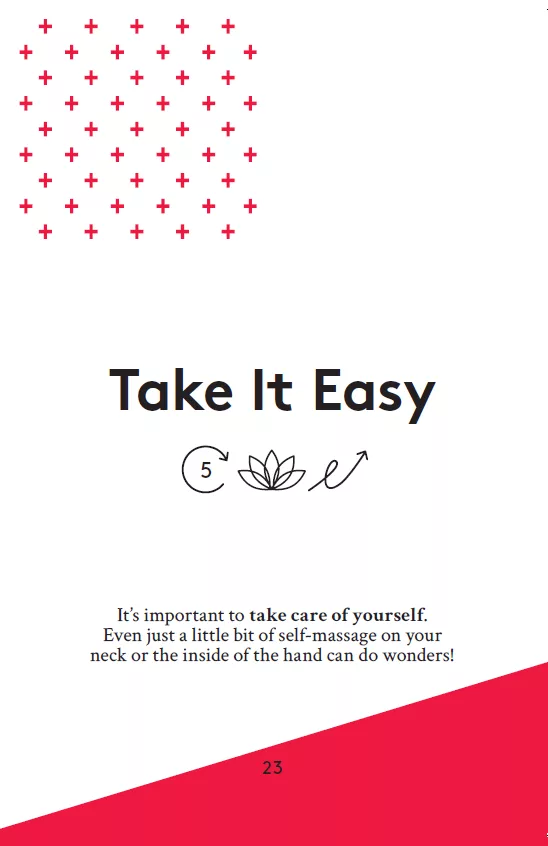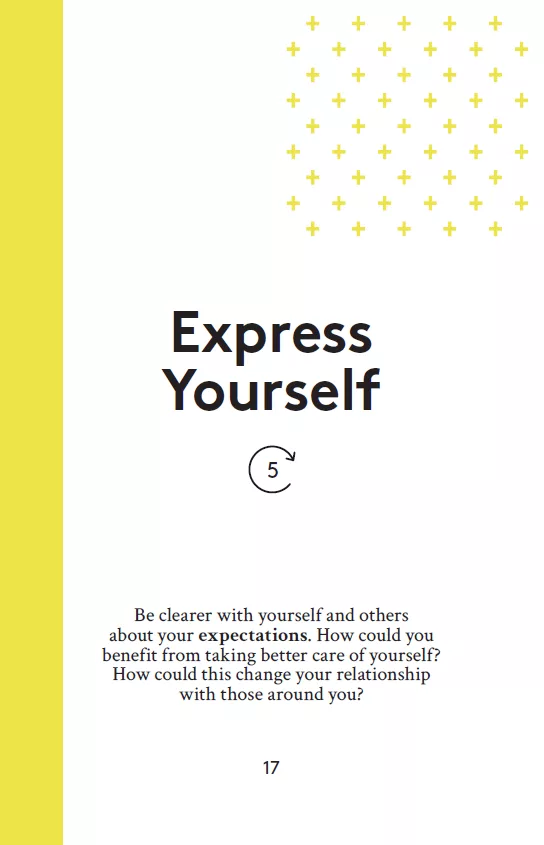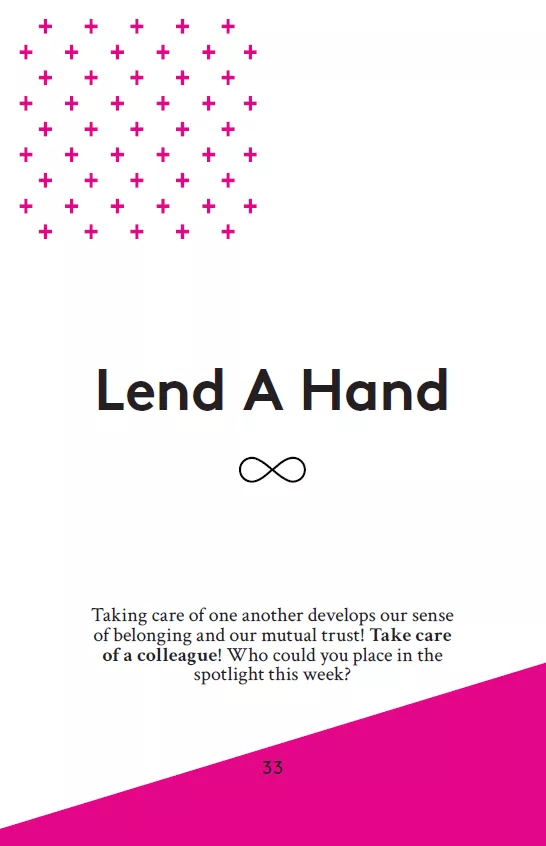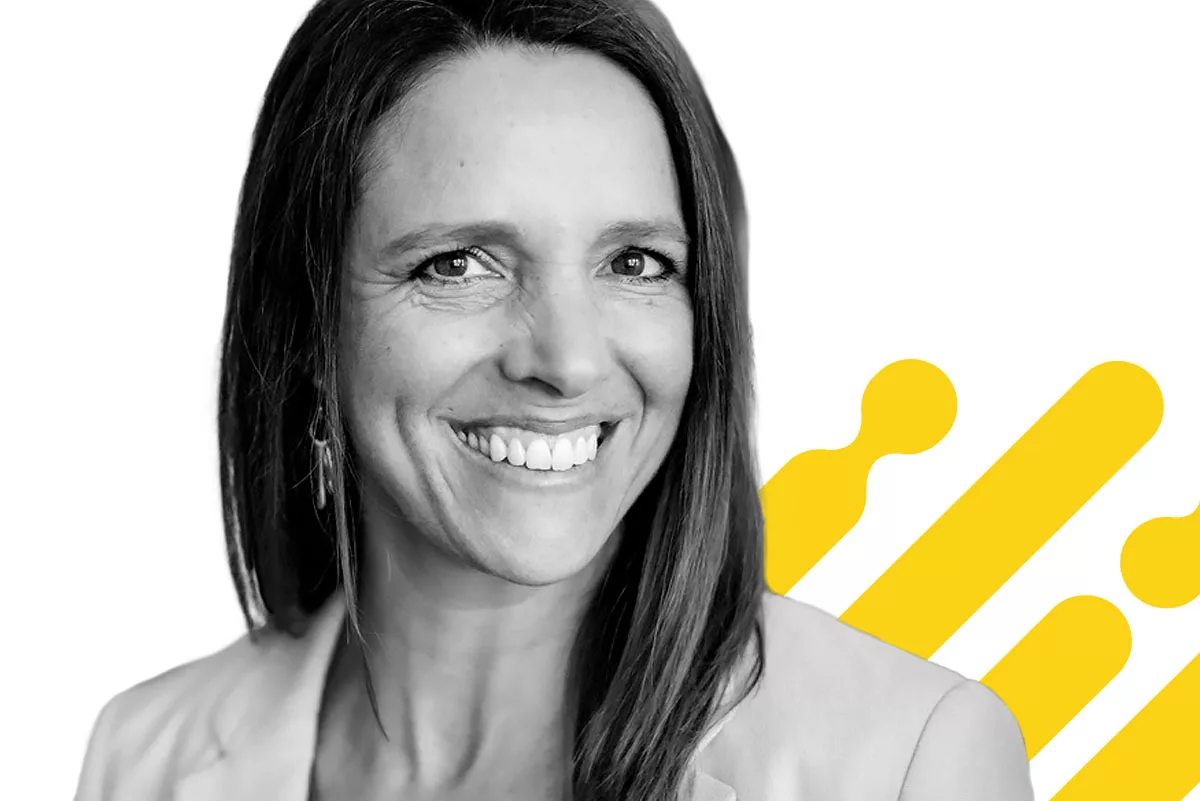A new year is always filled with hope, renewed energy, and new possibilities. The holidays give us a chance to take a step back, and today I’d like to share some of our thoughts on the workplace.
After the last three years we’ve been through, we realize that things are not just going to go back to how they were before. People are not rushing back to the office, and the hybrid work model appears here to stay.
How can we feel connected again despite the distance? How do we motivate the team to build together? How can we help give meaning to what we do every day? How can we grow while taking care of people and building strong relationships?
Most importantly, how to we create an inspiring workplace within these new parameters? Our reflection on the subject has been structured around the following three areas:
1. Culture
2. Leadership
3. Continuous evolution
Culture
In general, culture is made up of a set of factors: values, beliefs, and experiences that implicitly set the tone for our way of being and how we act together and influence the behaviours and habits we exhibit every day.
In his book Think Lead Disrupt, Peter B. Nichol explains that leaders must generate momentum for and give clear direction to their organizational culture to prevent it from developing randomly. Ideally, corporate culture supports the mission of the organization and the well-being of the employees.
These are the values that then provide a solid framework for how we want to behave with each other, with clients, partners, and suppliers.
We now know that organizational culture, much like a garden, must be formed and nurtured intentionally. For example, when trust is very present as a value in a team, the team will necessarily be more united and effective from the get-go. Trust weaves a safety net and people are more willing to help each other and collaborate. Healthy teams consult each other, help each other, and show kindness. People become more involved when they feel their contribution is valued through their unique expertise. It’s a matter of creating an environment where people enjoy being together, where their physical and mental health is respected, where difference is welcome.

To foster a culture of trust and kindness, it’s important to approach the subject with our teams, to talk about what it means to us, what we collectively gain from it, and what it costs us when it’s missing. I like to use the Trust Equation from the book The Trusted Advisor (Maister, Green, and Galford, 2021) to analyze the components of trust in teams.
Trustworthiness = Credibility + Reliability + Intimacy
Self-Orientation
Source: The Trusted Advisor
Credibility: Are our words honest? What about our qualitative skills?
Reliability: Do our actions reflect our promises?
Intimacy: Do people feel comfortable confiding in us and are we comfortable with emotions that might come up during a discussion?
Self-Orientation: Are our colleagues under the impression that our actions are motivated by our own gain and that we’re focused on ourselves?
This exercise leads to some great insights.
A sense of security, physical and psychological, is the foundation for everything. When people feel as ease, they will be more daring, especially if a climate of learning has been established.
I once led an event for a company that had a strong culture of innovation. The goal was to celebrate our mistakes and so we staged an event with the Day of the Dead, a Mexican holiday, as the theme. This day allowed us to commemorate what we’d learned so that the mistakes would not be repeated. Everyone has great memories of the event.
The following questions help determine what makes an organization’s culture unique and what makes people want—or not want—to be a part of it.
- Have you ever analyzed your organizational culture?
- Do you think the culture supports the company’s vision and mission?
- Are your organizational values clear and convincing?
- Is trust part of them?
- Do you have tools for measuring the values that shape your organizational culture?
- Can you honestly say that each person in your organization has the support they need to do their best work?
Leadership

For an organizational culture to be strong, it’s important to mobilize and engage through strong leadership that connects and energizes the entire team. When your management team members work well together, they support each other, and this cohesion makes them stronger in the face of various challenges.
Integrating the vision and mission into daily life ensures that both the individuals and the organization are moving in the same direction. The more effective, clear, habitual, and above all consistent the communication, the more people will be able to identify with the vision and mission and support them.
I like to encourage leaders to find a balance between leading with courage and kindness. It’s a beautiful dance that combines daring to express yourself with courage, bringing compassionate intention to your team, and wishing the best for the individual, the team, and the company. These are the leaders who become an inspiration for the entire company.
It’s important to appreciate people for who they are, in all their colours, their strengths, and their idiosyncrasies. It’s equally important to recognize their achievements in an appropriate way and in accordance with their personality. While adequate pay is undeniably important, people often leave a job for many other reasons. Appreciating employees’ contributions and recognizing them through a fair distribution of wealth across the company helps foster retention. A team that’s in harmony is stronger than the sum of its parts.
Remember: what can be measured can be improved. The more you equip yourself with measurement tools that encourage desired values and behaviours, the more progress you’ll see. If you’re looking for more collaboration across departments, it’s important to have incentives and to measure what you want to see happen.
As a leader, demonstrating transparency when stepping into a vulnerable area and daring to talk about it allows everyone to grow. You also need the courage to see your shortcomings and recognize your strengths.
Who are the best bosses you’ve had? Have you taken time to reflect on what made them worthy of the title, in your eyes? Chances are they believed in you, saw your potential, and gave you the space and the means to grow. Now it’s your turn to be an inspiring leader!
Answer the following questions honestly:
- Is your management team strong enough and experienced enough? Empathetic? Humble? Authentic? Able to admit to a mistake?
- Is it in step with the organization’s goals?
- Is it prepared to support people, show transparency, have difficult conversations?
- Do you have the courage to evaluate your leaders, react to what you observe, get to the bottom of things?
- Do you have a system of rewards and recognition for your employees?
- Are these systems—or any other HR system—aligned with the visions and values of the organization?
- Do these systems support people’s quality of life?
Continuous evolution
The world of work is rapidly evolving and organizations that want to stand out must adapt and act accordingly to keep moving forward. Clients’ needs, like those of employees, are changing. We sometimes forget that it’s through genuine listening that we can fully understand needs and even anticipate them.
When we feel this alignment, we know we’re on the right track for creating an inspiring workplace that’s constantly evolving. It’s like when two voices come together in harmony, or in a food and wine pairing when the flavour of one brings out the flavour of the other. It’s about bringing something new to life that energizes and kindles curiosity.

Creativity and innovation are valuable allies for keeping up with the flow of constant change. The more successful you are in creating a healthy culture that encourages creativity and is supported by a strong management team, the more people can start to think and do differently.
If you know how to recognize each other’s strengths, your creative leaders will generate ideas and your innovative leaders will help make them a reality within your organization or in your service offering. An inspiring workplace will invite employees to actively participate in creative problem solving. Organizations that offer people different ways to thrive and evolve through a learning culture encourage continuous development for all, while contributing to engagement.
With this well-structured and channelled enthusiasm, all employees have room to dream and contribute in their own way to their vision of the future.
- What are the possibilities for evolution within your organization?
- Do you make your employees feel that they matter and that they are important, appreciated, and recognized?
- Do you know the needs of your employees and clients? Do you know how your colleagues feel?
- Is your organization really ready to move forward?
People need to connect and want to feel that they’re contributing to something bigger than themselves. If we use creativity and innovation as a means of transformation, together we can design workplaces whose corporate culture allows the organization to perform well and the people to thrive.
At Humance, we believe an inspiring workplace balances collective value creation and quality of life. Taking small, concrete steps will gradually build your vision and create an inspiring workplace. To get there, you must demonstrate consistency and alignment.
What do you aspire to?
We look forward to hearing from you and contributing to your success.
If you’d like to know more, contact us. It will be our pleasure to talk with you.
Want to take action right away? Start with the ETA GAME—it’s a great starting point toward an inspiring workplace.

ETA GAME
This game leads to reflection about a transformation of internal corporate culture that will allow employees to be more fulfilled and motivated at work. This is the very concept of mindfulness: activating your full potential through new initiatives.
This game is a must for any employer or HR manager who cares about the well-being of their human capital. Divided into 5 categories (head, body, heart, alter ego, and environment), the cards require the players to, for example, use visualization, or engage in a few minutes of introspection, or even bring a little more life to their work environment. A team-building tool at your fingertips!
Available in English and French






